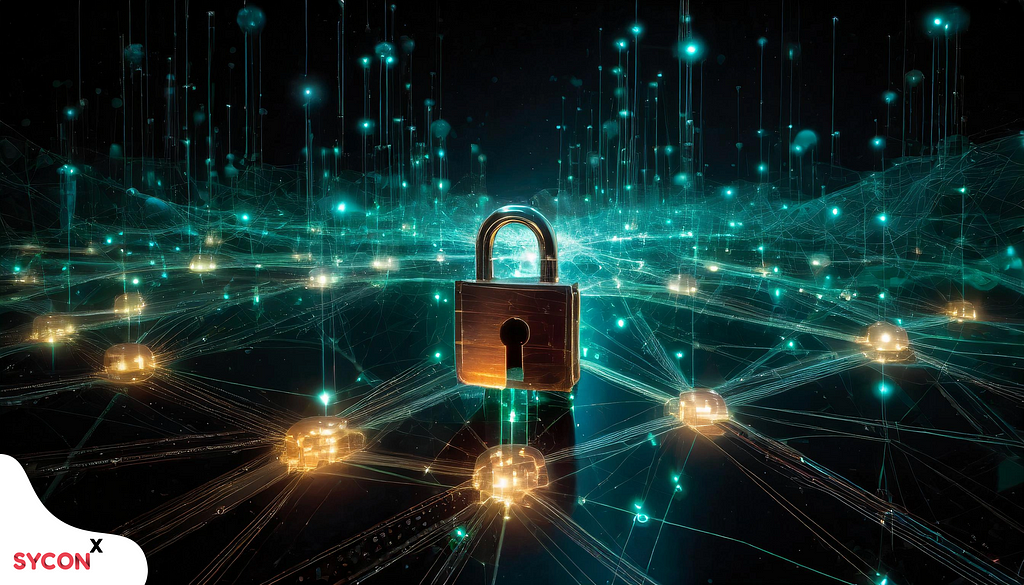How Does End-to-End Encryption Work in Video and Text Messaging Applications?
March 19, 2024

In the digital age, privacy and security have become paramount concerns for users worldwide. With the increasing prevalence of online communication, ensuring the confidentiality of conversations is crucial. End-to-end encryption (E2EE) stands at the forefront of safeguarding privacy in video and text messaging applications, offering a robust shield against unauthorized access to communication. This article delves into the mechanics of end-to-end encryption, illustrating its significance and how it operates to protect digital conversations.
The Essence of End-to-End Encryption
End-to-end encryption is a security protocol that ensures only the communicating users can read the messages. Unlike traditional encryption methods, where the service provider could access the conversation, E2EE makes the communication decipherable solely by the sender and the recipient. This encryption method converts the sender’s message into a scrambled format, which remains unintelligible until it reaches the intended recipient, who has the unique key to decrypt the message back into its original form.
The Key to Privacy: Public and Private Keys
The foundation of E2EE lies in the use of public and private keys. When a user initiates a conversation, their device generates a pair of cryptographic keys. The public key can be shared with anyone, while the private key remains securely stored on the user’s device. When sending a message, it is encrypted with the recipient’s public key but can only be decrypted with their private key, ensuring that only the intended recipient can read the message.
How Video and Text Messaging Apps Implement E2EE
In video and text messaging applications, end-to-end encryption kicks in the moment you start a conversation. The app encrypts the outgoing messages and video calls on the sender’s device. As the data traverses the internet, it remains encrypted, safeguarding it from potential eavesdroppers, hackers, and even the service providers. Upon reaching the recipient’s device, the encrypted data is decrypted, allowing the recipient to view the message or video call in its original form.
The Role of Signal Protocol in E2EE
One of the most renowned implementations of E2EE is the Signal Protocol, utilized by prominent messaging apps like WhatsApp, Signal, and Facebook Messenger for secure messaging. The Signal Protocol combines the properties of asymmetric and symmetric encryption to provide fast and secure end-to-end encryption. Its unique method allows for the encryption of group chats and the secure transmission of files and media, setting a high standard for privacy and security in digital communication.
The Impact of E2EE on Law Enforcement and Privacy Debates
While E2EE provides robust privacy protections, it also raises significant challenges for law enforcement, as it can prevent access to potentially crucial information in criminal investigations. This has sparked a global debate on the balance between privacy rights and public safety. Privacy advocates argue that weakening encryption to grant law enforcement access could create vulnerabilities that hackers could exploit, undermining the security of digital communications for all users.
Advancements in E2EE: Ensuring Future-Proof Communication
As technology evolves, so do the threats to digital privacy. In response, messaging applications continuously enhance their encryption methods to counteract emerging vulnerabilities. Advanced features like forward secrecy ensure that even if a private key is compromised, previously intercepted messages cannot be decrypted, thus providing an additional layer of security.
E2EE: More Than Just Encryption
Beyond encrypting messages, end-to-end encryption often includes measures to verify the identities of the communicating parties. This can involve security codes or key fingerprints that users can compare to confirm that their communication is secure and free from man-in-the-middle attacks. Such features reinforce the integrity of the encrypted conversation, providing users with peace of mind.
Conclusion: The Keystone of Digital Communication Security
End-to-end encryption has become the keystone of privacy and security in digital communication, particularly in video and text messaging applications. By ensuring that only the communicating users can access the content of their conversations, E2EE safeguards personal and sensitive information against unauthorized access. As we navigate through the complexities of the digital world, the role of end-to-end encryption in protecting our digital lives becomes ever more critical, symbolizing a steadfast commitment to privacy in an interconnected world.
How Does End-to-End Encryption Work in Video and Text Messaging Applications? was originally published in SyconX on Medium, where people are continuing the conversation by highlighting and responding to this story.


